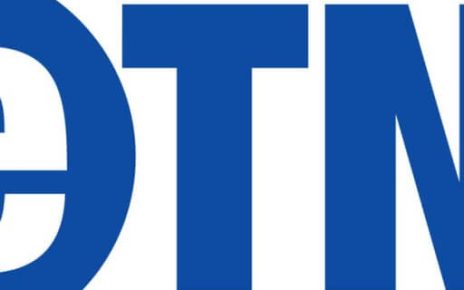According to a report by OBS Business School, airfares are expected to increase significantly in the upcoming months. Western airlines lead in profits, flight volume, and trade value, but Asian countries are projected to surpass them soon.
Rising global inflation and fuel prices will force airlines to raise fares, although the increases will vary from region to region.
Intercontinental flights to and from Asia will see the most significant increases in airfares. In contrast, flights between the Far East and Europe could see fare increases of up to 12% in economy class and 7% in business class. Flights between Europe and North America will see a minor increase of about 3.7%.
European airlines are more susceptible to the energy crisis compared to North American airlines, which may result in a potential increase in economy class fares by up to 5.5% and business class fares by up to 6%. Experts suggest the industry may require government support to navigate the upcoming recession.
The report shows that the European aerospace industry is one of the few prestigious sectors where the continent maintains a vital position in the global economy, despite increasing competition.
China is experiencing a surge in domestic travel and has made significant technological advancements, particularly in military and aerospace research, which may cause it to surpass Europe in certain areas.
In contrast, Europe faces challenges in renewing its fleets due to budget constraints, and the need for cleaner engines makes the process more costly.
Some European countries, such as France, prioritize other issues, such as limiting the number of short-haul flights. According to the report, behind this “green veneer” may be Paris’ interest in protecting its powerful rail industry and high-speed commercial services in a liberalized market, thereby boosting domestic tourism.
Meanwhile, the International Air Transport Association (IATA) has announced that airlines will no longer be able to offer their services in countries that do not allow them to repatriate their profits. The association called on governments to work with industry to resolve the situation.
Furthermore, high inflation may lead to planes flying at full capacity but still incurring losses as customers may be unable to afford the mandatory rise in ticket prices. This could result in customers being unable to afford the increased fares.
Western Airlines continues to lead the rankings regarding profits, flight volume, and commercial value. American carriers are at the top of the list – Delta Airlines, United Airlines, and American Airlines.
However, experts expect the current ranking to change significantly with the Asian market boost. With government support, Chinese companies like China Southern Airlines and China Airlines are rapidly climbing the rankings.
According to the report, a polarization of supply is also taking place, with only low-cost and premium airlines having options for the future.
Aviation is one of the largest global warming contributors. The biggest challenge is eliminating carbon dioxide emissions for environmental reasons and appeasing European public opinion, which is very concerned about climate change.
The solution is to use the so-called SAF (Sustainable Aviation Fuel), which is much cleaner than conventional fuel. To achieve zero emissions, 23 billion liters of this fuel would be needed today and 449 billion liters by 2050.
According to experts, the airlines making the greatest efforts to incorporate clean fuels into their fleets are the U.S. carriers United Airlines and Delta, followed by One World and the European Lufthansa Group and Air France.
The report points out that the European fleet must also be renewed to avoid losing market positions. To this end, European governments would need to protect and defend this industry, given that it represents an integral part of the European GDP.
The number of passengers worldwide is still far from pre-pandemic levels, and the same can be said for the number of flights, which is at levels comparable to five years before the pandemic. The first countries to get over the hump will be the United States and China, which have the largest domestic markets.
Asia’s skies are expected to be the most crowded with commercial aircraft due to its enormous population density (India and China each have more than 1.4 billion people) and economic growth that will outpace the West.
Indonesia and the Philippines are two other overpopulated and dynamic nations, and Africa and Latin America will also see significant passenger growth. Even the Middle East will overtake Europe.
Regarding customer ratings, Eastern Airlines are the most recognized. However, Emirates, Japan Airlines, Qatar Airways, and Singapore Airlines are leading the way thanks to their more personalized customer offerings.




